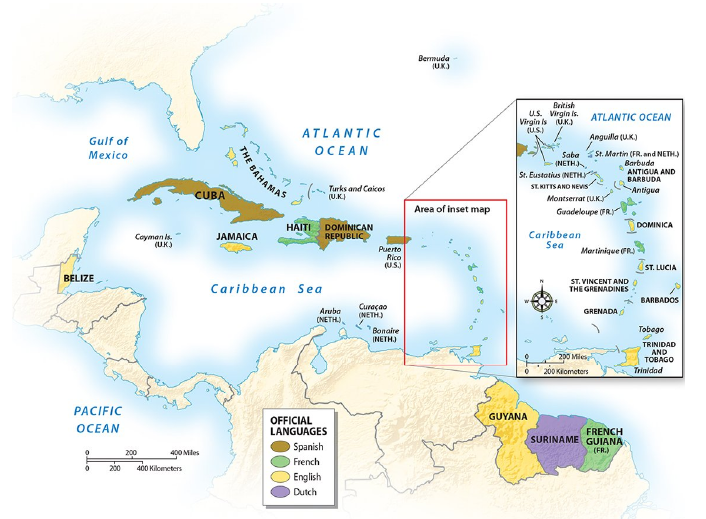Explain how Earth's crust is similar to an iceberg and how this helps explain the principle of isostacy
Ice is slightly less dense than water, so it floats. An iceberg sinks in water until it displaces a volume of water whose weight is equal to that of the ice. When the iceberg has sunk to an equilibrium position, only about 10% of its volume is above water level. If some of the ice above water level should melt, the iceberg rises to maintain equilibrium with the same proportion of ice above and below the water.
Earth's crust is similar to the iceberg in that it sinks into the mantle to its equilibrium level. Where the crust is thickest, as beneath mountains, it sinks farther down into the mantle and it also rises higher above the surface. And because continental crust is thicker and less dense than oceanic crust, it stands higher than the ocean basins.
You might also like to view...
What is the most common language in the Caribbean?

A) Dutch
B) Portuguese
C) French
D) Spanish
E) English
Where does the earth receive most of its energy?
A. external fission B. internal combustion C. internal fission D. external fusion E. internal fusion
Why do most sediments end up being deposited in oceans instead of other parts of the Earth?
What will be an ideal response?
Evidence supporting the hypothesis of continental drift
What will be an ideal response?